12 Plants You Should Avoid Growing Near Tomatoes
Tomatoes are a favorite in many gardens, but they require special attention when it comes to plant placement. Some plants can harm their growth or attract unwanted pests. Knowing which plants to avoid growing near tomatoes can help keep them healthy. A well-planned garden will reward you with a bountiful harvest.
This post may contain affiliate links, which helps keep this content free. Please read our disclosure for more info.
Potatoes
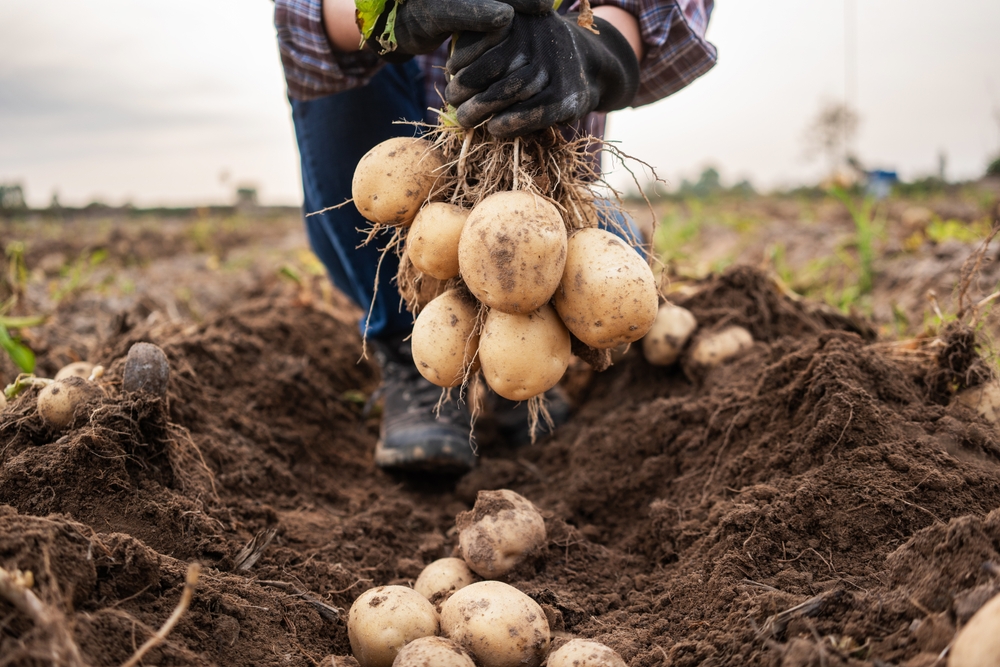
Potatoes and tomatoes are both members of the nightshade family, but growing them together can lead to problems. They are both vulnerable to similar pests and diseases, such as blight, which can spread quickly between them. Additionally, both plants compete for the same nutrients, which can weaken them. It is better to plant potatoes elsewhere in your garden to keep tomatoes healthy.
Instead of potatoes, you can consider growing crops like carrots or beans nearby. These plants have different nutrient requirements and will not compete with your tomatoes. They also help maintain the overall health of your garden. Ensuring a balance of plant types in your garden is key to a productive space.
Brassicas (Cabbage, Broccoli, Kale)
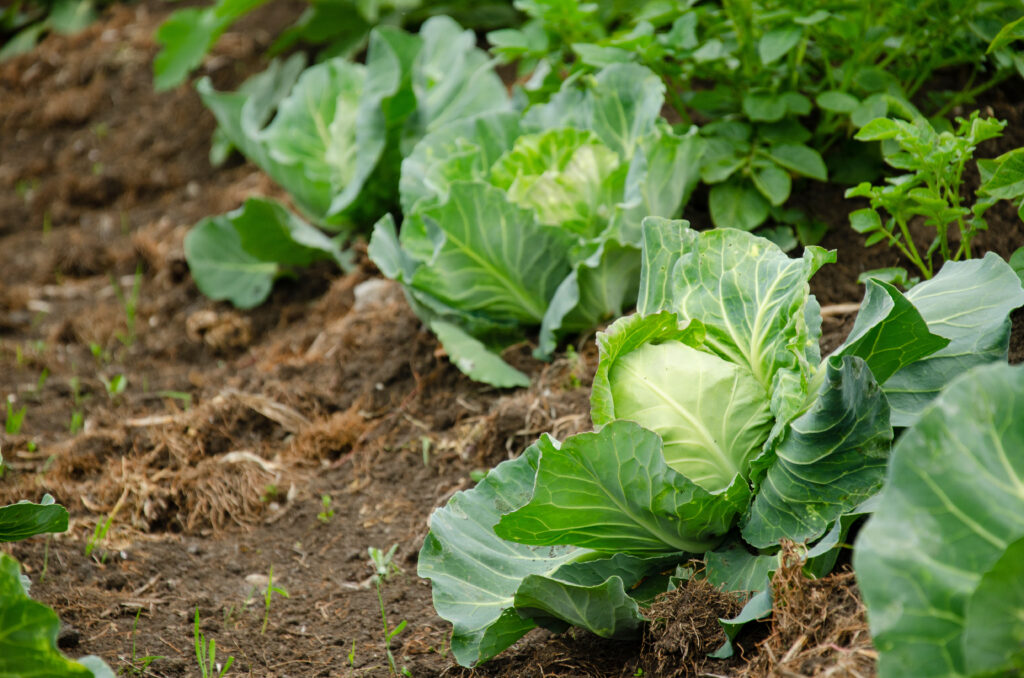
Brassicas, such as cabbage, broccoli, and kale, should not be planted near tomatoes due to their different growing needs. These plants tend to attract similar pests that also target tomatoes, like aphids and caterpillars. Moreover, brassicas require heavy feeding, which can drain soil nutrients that tomatoes need to thrive. This competition can stunt tomato growth and result in poor yields.
As an alternative, consider planting lettuce or spinach. These leafy greens grow well in the same environment without competing for nutrients. They are easy to manage and can thrive in the same soil conditions. These plants are great companions that will not harm your tomatoes.
Corn
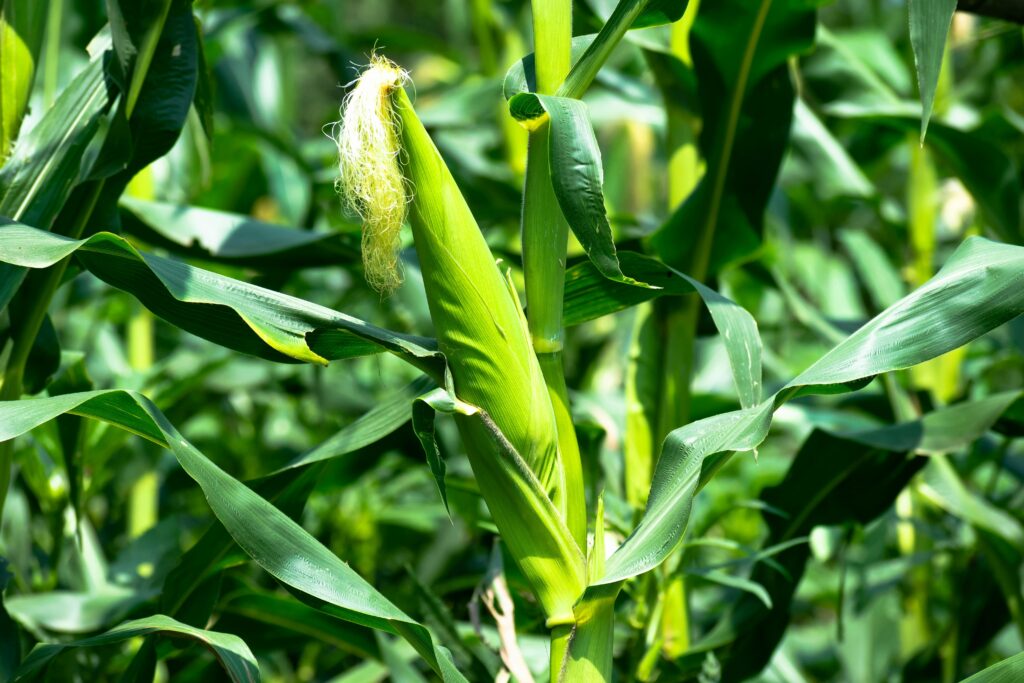
While corn and tomatoes may seem like natural companions in the garden, it is best to avoid planting them near each other. Corn grows tall and can create too much shade for tomatoes, which need full sun to grow properly. Additionally, corn can attract pests like the corn earworm, which may also damage your tomatoes. It is a good idea to keep these two plants separated for optimal growth.
Instead of corn, try planting peppers or eggplants. These plants do well with tomatoes and can tolerate similar growing conditions. They also do not block sunlight, allowing your tomatoes to receive the full exposure they need. This combination will benefit both crops in your garden.
Carrots
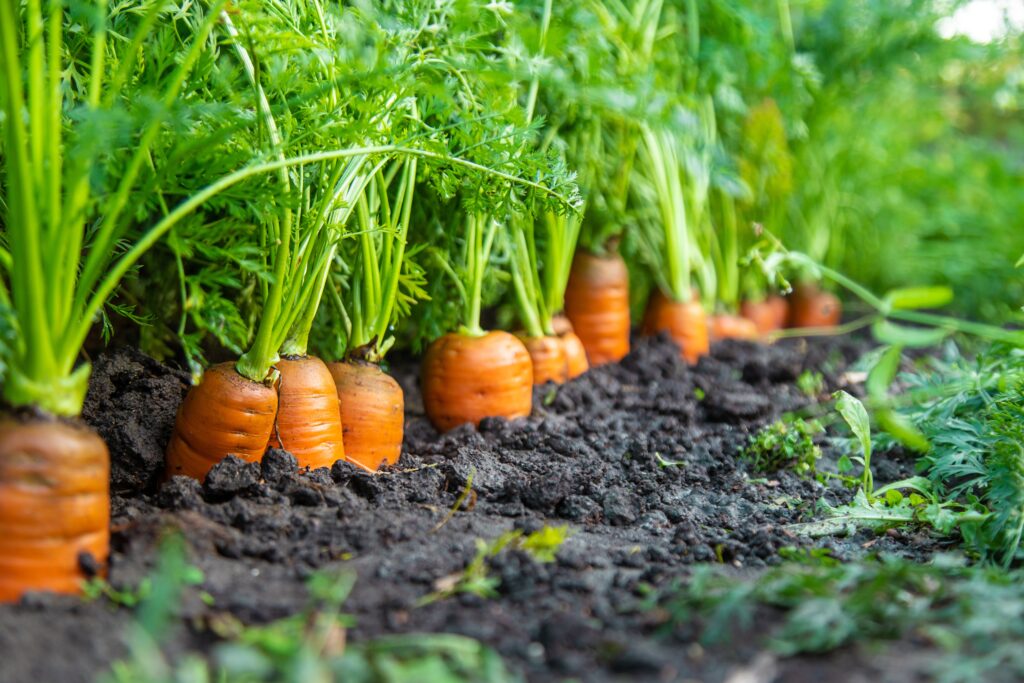
Carrots may seem harmless, but they are not ideal companions for tomatoes. Carrots grow deep in the soil, while tomatoes spread their roots near the surface. This root competition can stunt the growth of both plants. Moreover, carrots do not provide any significant benefit to tomatoes, so they are better planted elsewhere.
Consider planting basil or onions near tomatoes instead. These plants have shallow root systems and will not compete with tomatoes for nutrients. They also offer natural pest control, which can help protect your tomatoes from common garden pests. Basil, in particular, can even enhance the flavor of your tomatoes.
Fennel
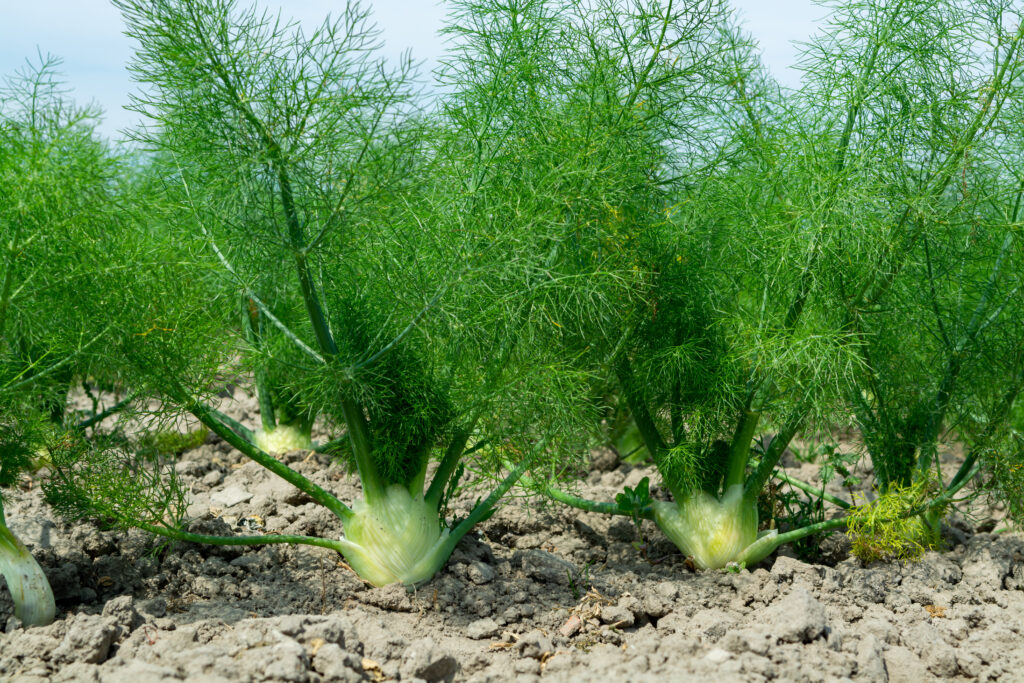
Fennel is another plant to avoid near tomatoes due to its tendency to release chemicals that inhibit tomato growth. These chemicals, known as allelopathic compounds, can stunt the growth of nearby plants, including tomatoes. Fennel also attracts aphids, which can damage tomatoes and other plants in your garden. To ensure healthy tomatoes, it is best to keep fennel away.
Instead, you can plant marigolds or oregano. These plants will not interfere with tomato growth and can help repel pests. Marigolds, in particular, are known to deter nematodes, which can be harmful to tomato roots. Oregano also attracts beneficial insects while providing flavor for your kitchen.
Garlic and Onions
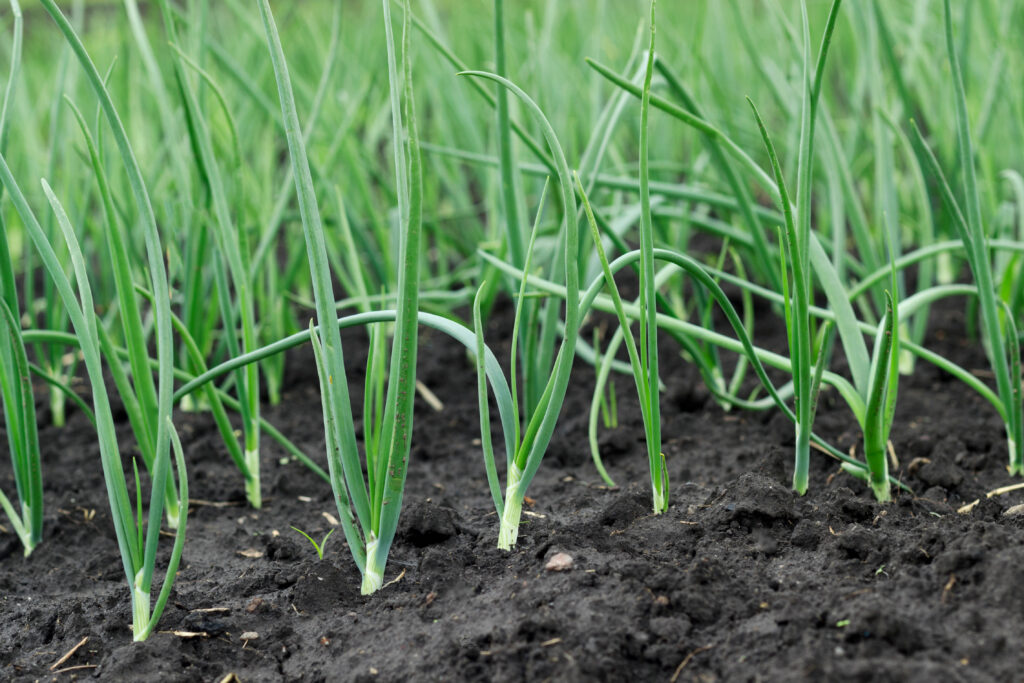
Garlic and onions are known for their strong scent, which can interfere with the growth of tomatoes. These plants release sulfur compounds that can affect the flavor of your tomatoes and hinder their growth. While they can help repel certain pests, they also compete for nutrients in the soil. It is best to plant them away from your tomato plants.
As an alternative, try growing carrots or peas nearby. Both are good companions for tomatoes and do not interfere with their growth. Carrots help aerate the soil, and peas fix nitrogen, improving the soil for tomatoes. These plants provide a supportive environment without competing for resources.
Celery
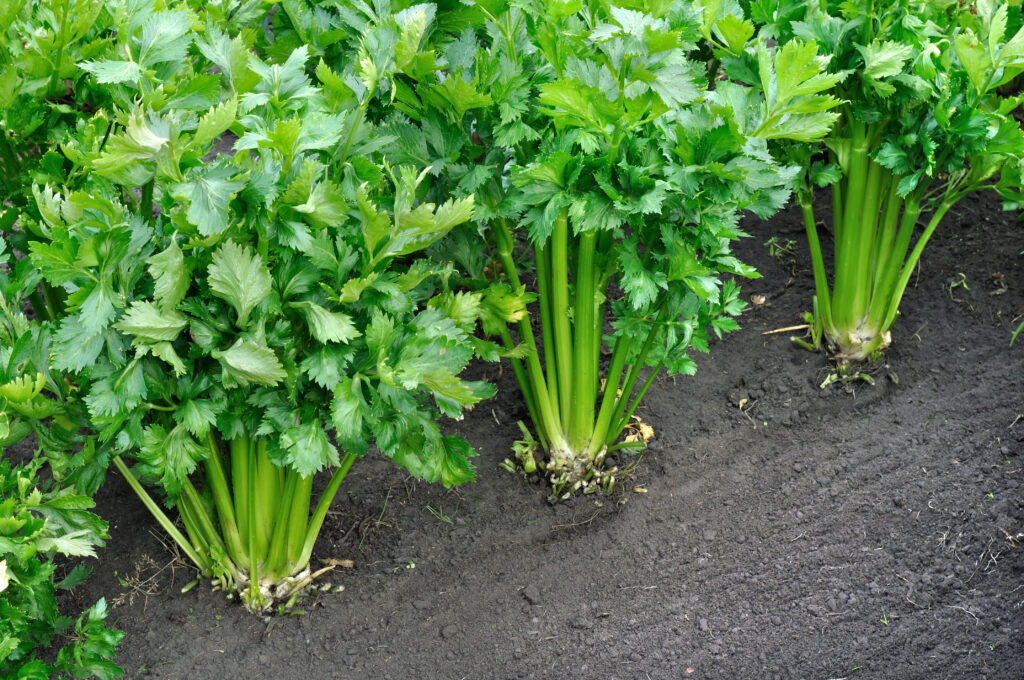
Celery is a moisture-loving plant, but it requires a lot of water, which can lead to competition with tomatoes for this precious resource. Tomatoes prefer well-drained soil, while celery thrives in more moist conditions. This difference in water requirements can affect the growth of both plants. Keep celery away from tomatoes to avoid issues related to water competition.
Instead of celery, consider planting marjoram or basil. These herbs thrive in the same conditions as tomatoes and do not compete for water or nutrients. Basil also enhances the flavor of tomatoes, making it an excellent companion. Both herbs can help keep your garden healthy and productive.
Pepper Plants (Other Than Tomatoes)
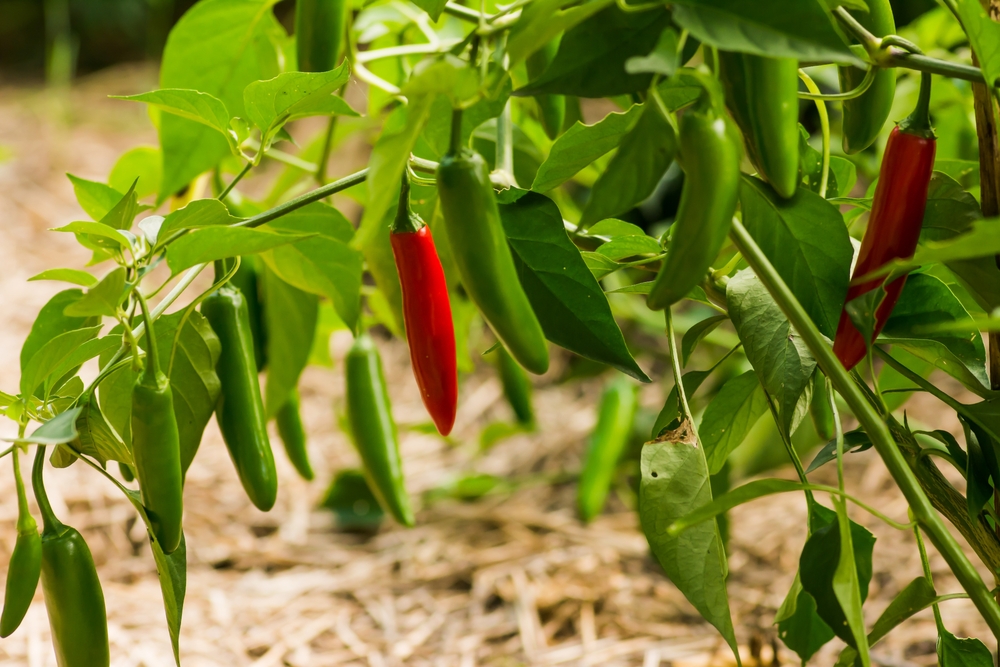
While tomatoes and peppers belong to the same family, it is best not to grow other pepper plants near tomatoes. Both peppers and tomatoes share similar pests and diseases, which can quickly spread between them. The close proximity of the plants can lead to an increased risk of disease, including aphids, whiteflies, and fungal infections. It is better to keep peppers at a distance from your tomatoes.
Consider planting beans or peas in place of peppers. These legumes help improve soil quality by fixing nitrogen, which can benefit your tomatoes. Beans and peas are less likely to attract the same pests as tomatoes and will not compete for space or nutrients. They also help maintain a balanced and healthy garden ecosystem.
Dill
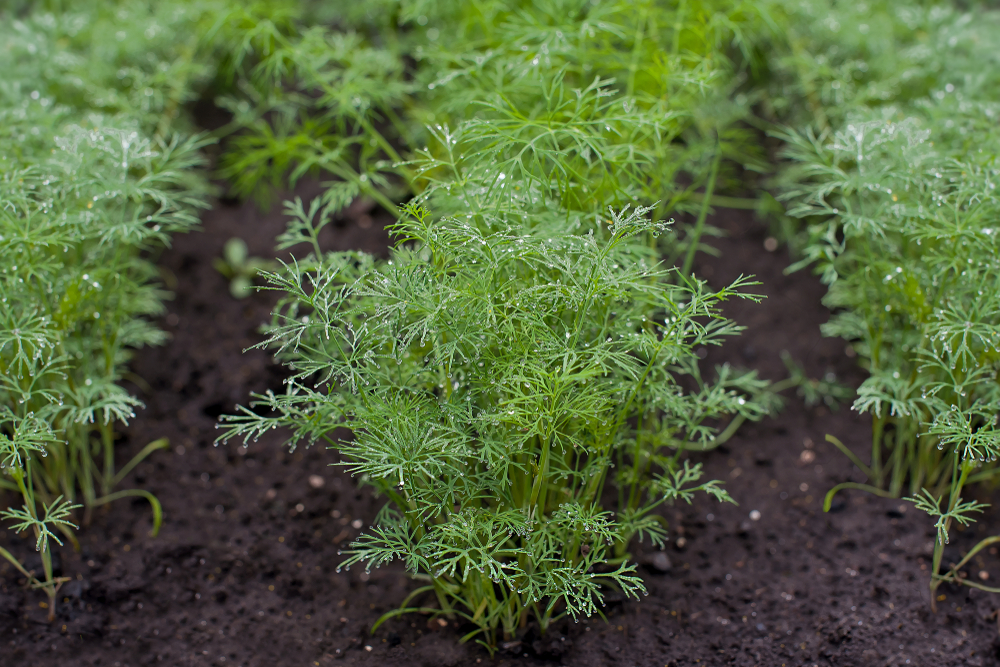
Dill can pose a problem for tomatoes because it attracts pests like aphids and spider mites, which can damage your tomato plants. In addition, dill has deep roots that compete with tomatoes for nutrients and water. Dill’s strong scent can also interfere with the aroma of tomatoes, affecting their flavor. Keeping dill away from your tomatoes will give them a better chance to thrive.
Instead of dill, try planting cilantro or parsley. These herbs are excellent companions for tomatoes and do not attract harmful pests. They are also great for culinary use, adding flavor to your dishes. Both cilantro and parsley are easy to grow and will not hinder the growth of your tomatoes.
Asparagus
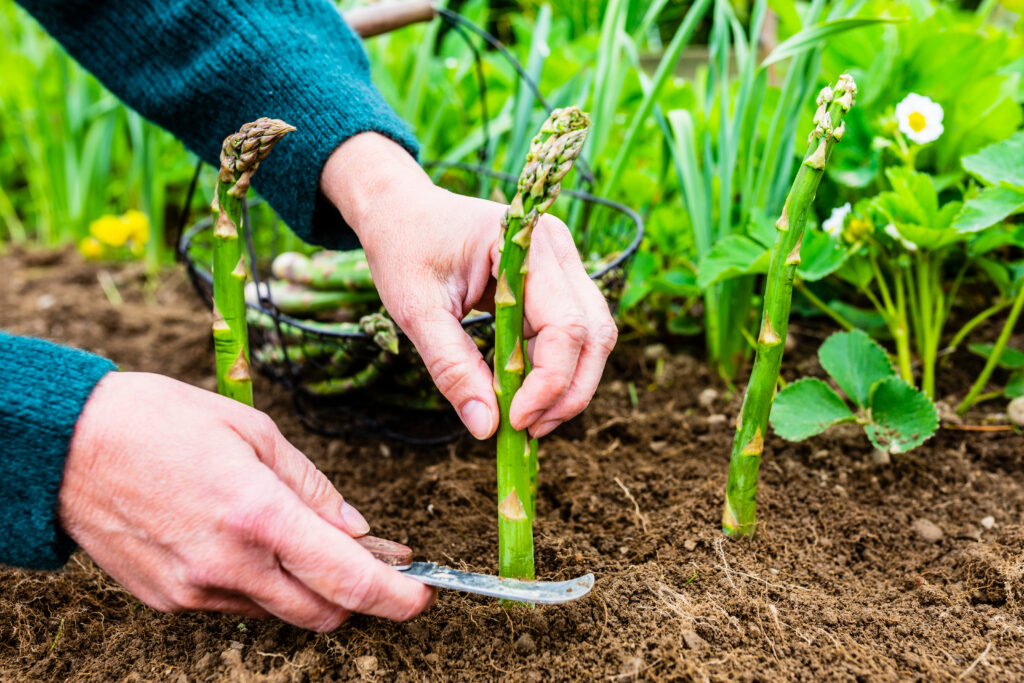
Asparagus is a perennial plant that can spread and take up valuable space in your garden. It grows deep roots that compete with the shallow roots of tomatoes, making it difficult for both plants to thrive in close proximity. Asparagus also requires a long growing season and might shade your tomatoes, reducing the amount of sunlight they receive. It is better to plant asparagus in a separate area of your garden.
Instead, consider planting basil or thyme nearby. These herbs are low-growing and will not compete with tomatoes for space or nutrients. They can help attract beneficial insects that will protect your tomatoes from pests. Basil, in particular, can improve the flavor of your tomatoes, making them an excellent companion plant.
Mint
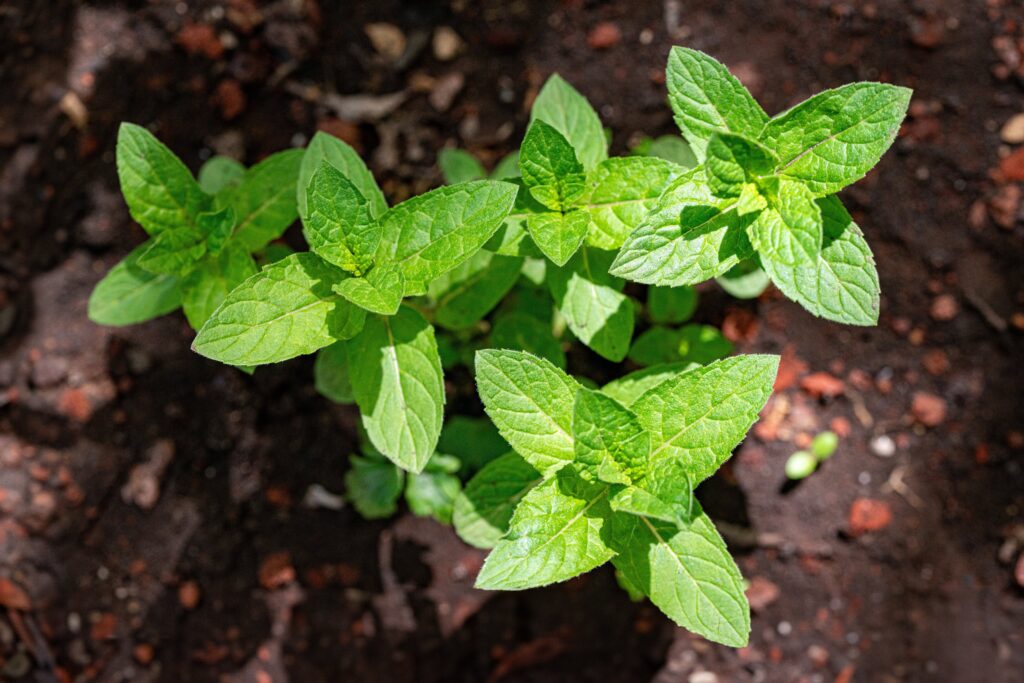
Mint is a vigorous grower that can quickly take over your garden, crowding out other plants, including tomatoes. Mint spreads through runners, making it difficult to control and manage its growth. It also competes with tomatoes for water and nutrients, which can stunt their growth. It is best to grow mint in a separate container or garden bed to prevent it from overwhelming your tomato plants.
Instead of mint, consider planting thyme or oregano. Both of these herbs grow well with tomatoes and will not take over your garden. They are great for cooking and will not interfere with tomato growth. These herbs are easy to grow and can even help deter pests in your garden.
Sunflowers
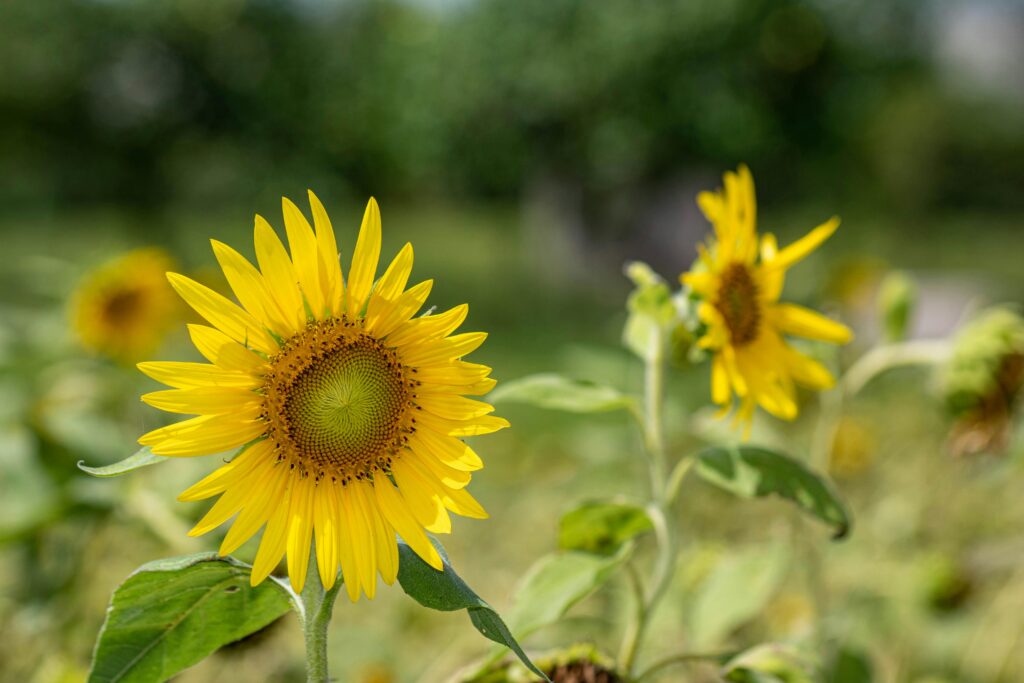
While sunflowers are beautiful, they can be problematic when planted near tomatoes. Sunflowers grow tall and can block the sunlight that tomatoes need to thrive. They also have large root systems that compete with tomatoes for space and nutrients. Sunflowers can draw valuable resources away from your tomatoes, leading to poor growth and yields.
Instead of sunflowers, consider planting peas or beans nearby. These plants have shallow roots and do not compete for the same resources as tomatoes. Beans and peas also help improve soil health by fixing nitrogen, which benefits your tomatoes. Both plants grow well alongside tomatoes and do not pose a threat to their growth.
Making thoughtful decisions about plant placement can ensure that your tomatoes thrive throughout the growing season. This will allow you to enjoy a vibrant and healthy tomato harvest.
This article originally appeared on Avocadu.
